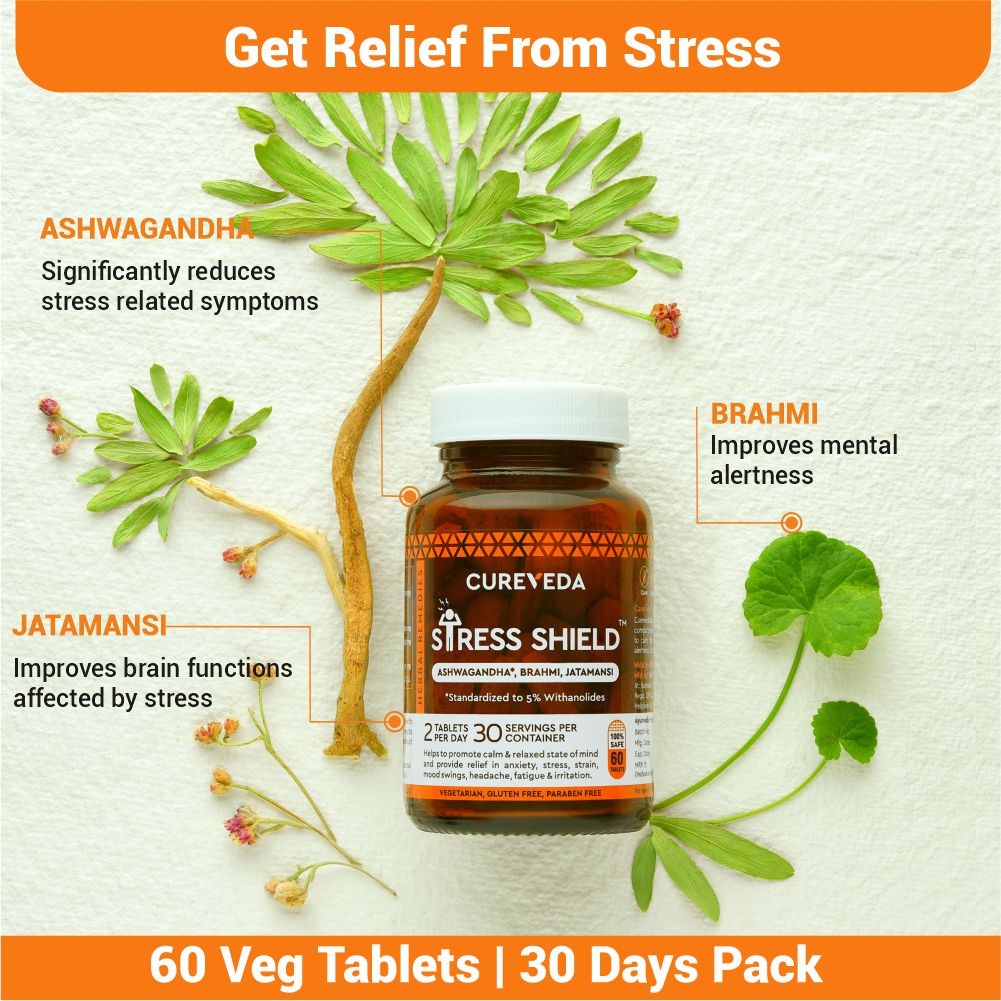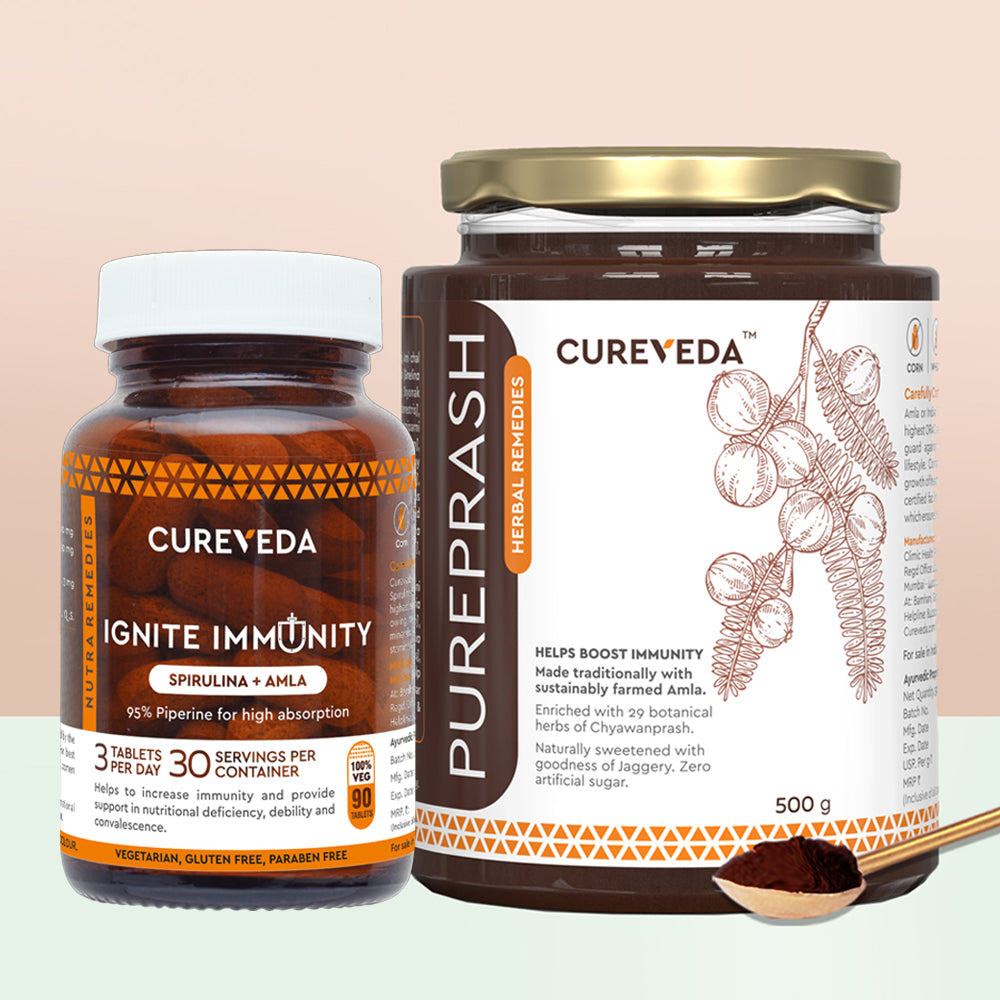Article: Tamaka Swasa (Asthma) | Asthma Treatment | Asthma Supplements
TAMAKA-SWASA (ASTHMA): CURE & CARE BY AYURVEDA
Article published in the leading newspaper of Nagaland, Nagaland Post, on 20/August/2017
"WHEN I HAVE AN ASTHMA ATTACK I FEEL LIKE A FISH WITHOUT WATER" — JESSIE (5 years)
Bronchial asthma, known as Tamaka Swasa in Ayurveda, is a chronic airway disorder affecting individuals of all age groups and has become a common health issue globally, especially in children. According to WHO statistics, bronchial asthma affects 300 million people, with 255,000 asthma-related deaths in 2005. The prevalence of asthma is increasing by 50% globally every decade, with children being significantly affected. Ayurveda offers dietary regulations, Shodhana, and Shaman Chikitsa (cleansing and palliative treatments), along with regular Pranayama and meditation, as effective measures for managing asthma.
Etiology
Asthma can be induced by genetic factors, obesity, viral infections, and exposure to tobacco smoke while triggering factors include inhalation of allergens, environmental factors, infections, drugs, certain foods, exercise, psychological stress, and occupational hazards. In Ayurveda, Tamaka Swasa is caused by factors such as intake of incompatible food, exposure to cold, dust, smoke, wind, excessive exercise, suppression of natural urges, and trauma to vital organs.
Signs and Symptoms
Tamaka Swasa presents with breathlessness, cough, wheezing, chest tightness, thick mucus sputum, aggravation of symptoms at night and early morning, fainting during coughing, sleeplessness, discomfort while lying down, relief in sitting posture, and sweating on the forehead.
Diagnostic Tests
Diagnostic tests for bronchial asthma include pulmonary function tests like spirometry and peak flow, chest x-ray, allergy tests, methacholine challenge test, and nitric oxide tests.
Treatment Modalities in Ayurveda
Ayurvedic treatment aims to move excess phlegm back to the stomach and eliminate it. Shodhana therapy includes sudation, therapeutic emesis, and therapeutic purgation. Shamana therapy involves treatment with drugs, with a focus on correcting Vata and Kapha imbalance. Sudation and steaming therapy are recommended to liquefy solidified phlegm and soften channels.
Useful Medicinal Plants
Plants like Kantakari, Vasa, Sunthi, Bharangi, Pushkaramoola, Karkataka Shringi, and Haridra are beneficial for asthma.
Diet and Lifestyle
Dietary recommendations include foods and drinks that restore normalcy, avoidance of heavy and difficult-to-digest foods, dry foods, curds, fish, and chilies, and consumption of light foods at night. Lifestyle modifications involve avoiding factors that aggravate asthma, and practicing breathing exercises like Pranayama, and meditation to reduce stress.
Do’s and Don’ts
Do’s include consuming wheat, old rice, green gram, barley, and foods like garlic, turmeric, ginger, black pepper, lukewarm water, goat milk, and honey. Don’ts involve avoiding heavy and cold diets, fried items, mustard leaves, fish, exposure to cold and humid atmospheres, sweets, chilled water, stored food items, curd, suppression of natural urges, excessive physical exertion, and exposure to smoke, dust, fumes, pollutants, and pollens.
Conclusion
Ayurveda offers unique and time-tested approaches for managing asthma-like conditions, emphasizing the need for a healthy lifestyle, dietary modifications, breathing exercises, and herbal treatments. The implementation of Ayurveda therapy at a clinical level demonstrates its potential efficacy and safety, serving as the basis for justifying its use in asthma management.
Note: Ayurvedic treatments should be administered under the guidance of a qualified Ayurvedic physician. The drugs mentioned are for informational purposes only and should not be used without consultation.









